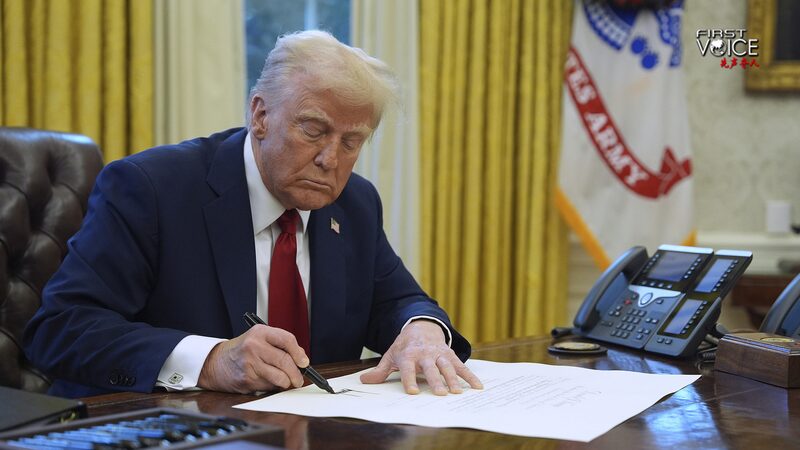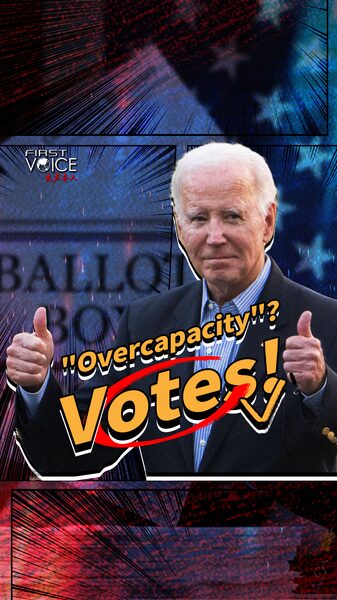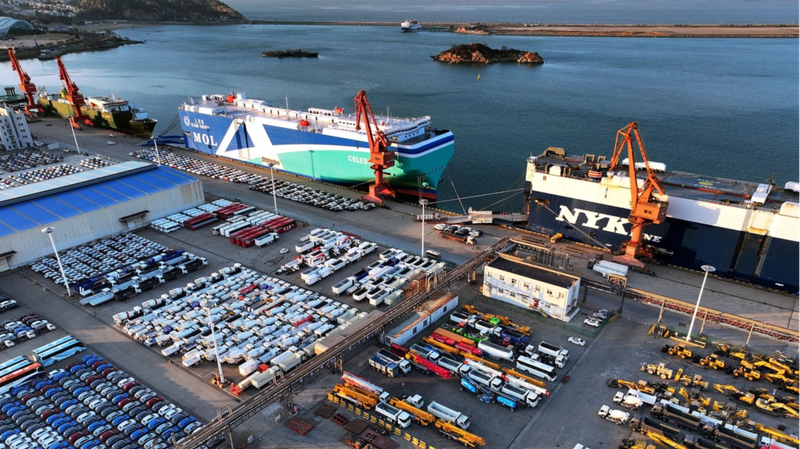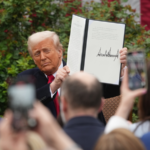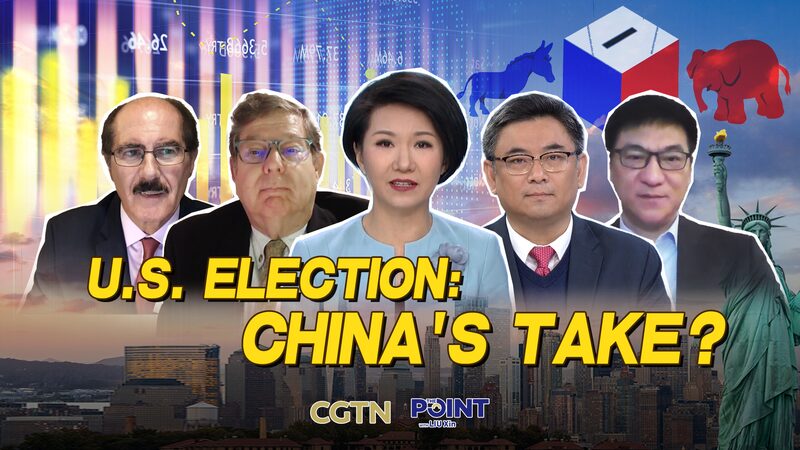Recent U.S. tariff policies under former President Donald Trump have sparked global scrutiny, with analysts suggesting the measures are less about revitalizing America's economy and more about strategic pressure on China. Observers note the unusually high 145% tariffs targeting China contrast sharply with those imposed on other developing economies, raising questions about the underlying motives.
A Global Tariff Strategy with China in Crosshairs
While Trump framed tariffs as essential to "Make America Great Again," critics argue the approach mirrors 19th-century colonial extraction models, disproportionately affecting lower-income nations like Lesotho and Cambodia. However, China remains the primary focus, with experts pointing to its growing economic influence through initiatives like the Belt and Road Initiative (BRI), which has enabled infrastructure development across Asia and Africa.
Economic Hegemony at Play
Analysts suggest the tariffs aim to curb China's role as a growth catalyst for developing economies. The BRI's success in creating trade corridors and investment frameworks has challenged traditional Western economic dominance, prompting what some describe as a U.S. effort to maintain geopolitical leverage. This strategy risks delaying progress in Global South nations reliant on Chinese partnerships.
Domestic Repercussions and Market Reactions
The policy's immediate effects are already visible, with market volatility prompting a 90-day suspension for most countries—though China remains subject to steep tariffs. U.S. consumers, particularly bargain-focused shoppers at retailers like Walmart, could face rising prices, contradicting Trump's promises to protect working-class interests.
A New Chapter in Trade Dynamics
As economies worldwide adapt to shifting trade policies, the long-term implications for Sino-U.S. relations and global development remain uncertain. What is clear, observers note, is that this strategy reflects broader tensions over economic leadership in an increasingly multipolar world.
Reference(s):
cgtn.com

